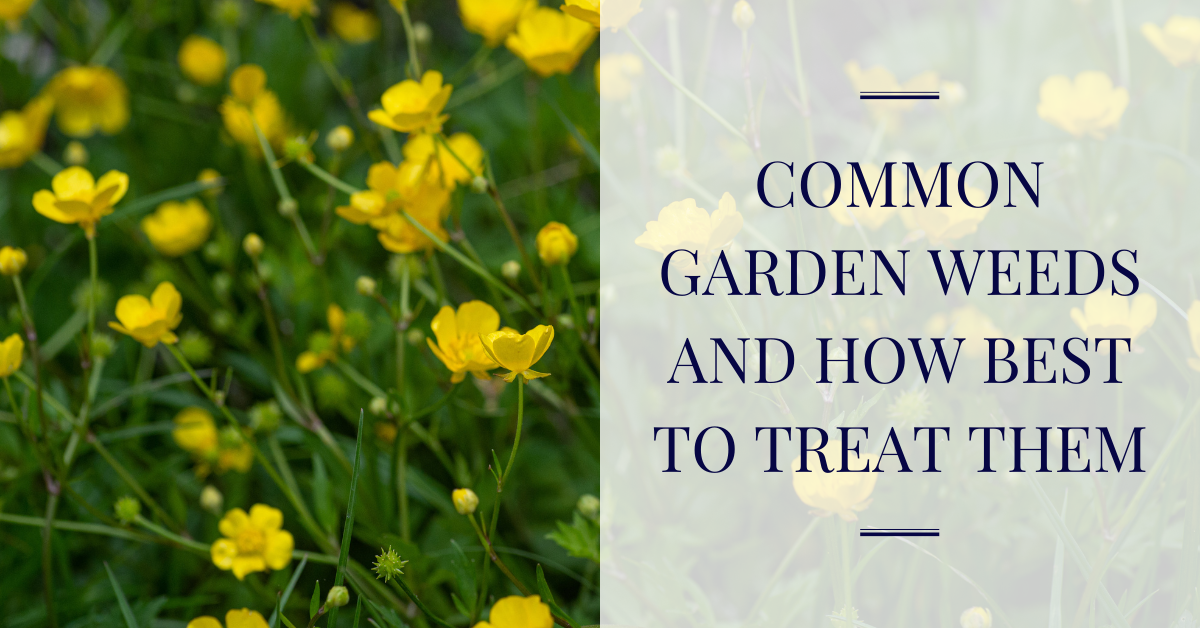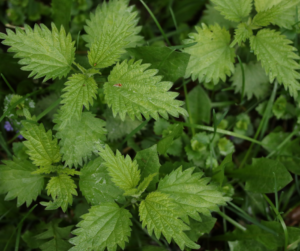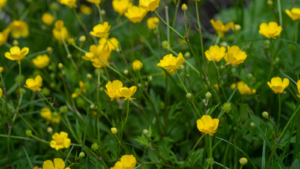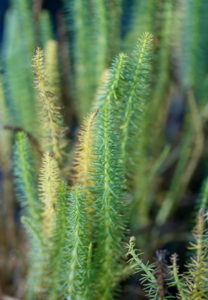
As we head into spring, and the weather starts to get warmer, your garden will start needing slightly more TLC. Weeding is often one of the first maintenance jobs you need to complete in the spring. One of the first signs of the warmer weather can be the little green shoots of weeds that will appear in your border or planting beds. To ensure you do not miss any, we have provided a description of some common garden weeds and how best to treat them.
Nettles
 Nettles are one of the most common weeds found in the UK. These hardy weeds often grow in clumps and can be as tall as 4ft. The plants may only last one season, but they produce many seeds, meaning that the growth will be larger each subsequent year that they are left untreated. The best method to treat nettles is either with a weedkiller or simply by pulling them out if you would prefer not to use a chemical treatment. This should be done in spring, before the nettles flower in summer.
Nettles are one of the most common weeds found in the UK. These hardy weeds often grow in clumps and can be as tall as 4ft. The plants may only last one season, but they produce many seeds, meaning that the growth will be larger each subsequent year that they are left untreated. The best method to treat nettles is either with a weedkiller or simply by pulling them out if you would prefer not to use a chemical treatment. This should be done in spring, before the nettles flower in summer.
Creeping Buttercup
 A perennial weed that tends to grow best in moister soils, this plant relies on its deep-growing root network and can cause many issues in borders and lawns. Due to how attractive the flowers are, many people choose to keep this weed, without realising the damage it causes. If it is left to grow for a long enough period, it can cause issues with soil structure. The creeping buttercup grows bright yellow flowers which bloom from May – September. Digging and hoeing will destroy the weed eventually but, especially in borders where the plant has been allowed to grow extensively, this may need to be completed numerous times throughout the summer. Where it is present on lawns, any runners of the plant can be lifted out using a rake before mowing. Your lawn should also be aerated in autumn to aid with the removal of the plant.
A perennial weed that tends to grow best in moister soils, this plant relies on its deep-growing root network and can cause many issues in borders and lawns. Due to how attractive the flowers are, many people choose to keep this weed, without realising the damage it causes. If it is left to grow for a long enough period, it can cause issues with soil structure. The creeping buttercup grows bright yellow flowers which bloom from May – September. Digging and hoeing will destroy the weed eventually but, especially in borders where the plant has been allowed to grow extensively, this may need to be completed numerous times throughout the summer. Where it is present on lawns, any runners of the plant can be lifted out using a rake before mowing. Your lawn should also be aerated in autumn to aid with the removal of the plant.
Mare’s Tail
 Mare’s tail is easily recognisable as it has fir-tree like shoots. The weed is most noticeable in summer. The rhizomes of the plant can grow as deep as 2 metres below the surface; this makes the plant hard to eradicate and means it can start to spread onto neighbouring properties quite quickly. Mare’s tail can be dug out by hand, but this can require extensive excavation – occasional weeding or turning over the soil will not be effective in keeping this plant at bay due to the depth the roots can grow to. A glyphosate-based spray is the most effective way of keeping this weed at bay – your gardener or an invasive weed specialist may be able to help with this.
Mare’s tail is easily recognisable as it has fir-tree like shoots. The weed is most noticeable in summer. The rhizomes of the plant can grow as deep as 2 metres below the surface; this makes the plant hard to eradicate and means it can start to spread onto neighbouring properties quite quickly. Mare’s tail can be dug out by hand, but this can require extensive excavation – occasional weeding or turning over the soil will not be effective in keeping this plant at bay due to the depth the roots can grow to. A glyphosate-based spray is the most effective way of keeping this weed at bay – your gardener or an invasive weed specialist may be able to help with this.
Should you need any help with the removal of weeds in your garden, or any other garden maintenance jobs, please do get in touch!
